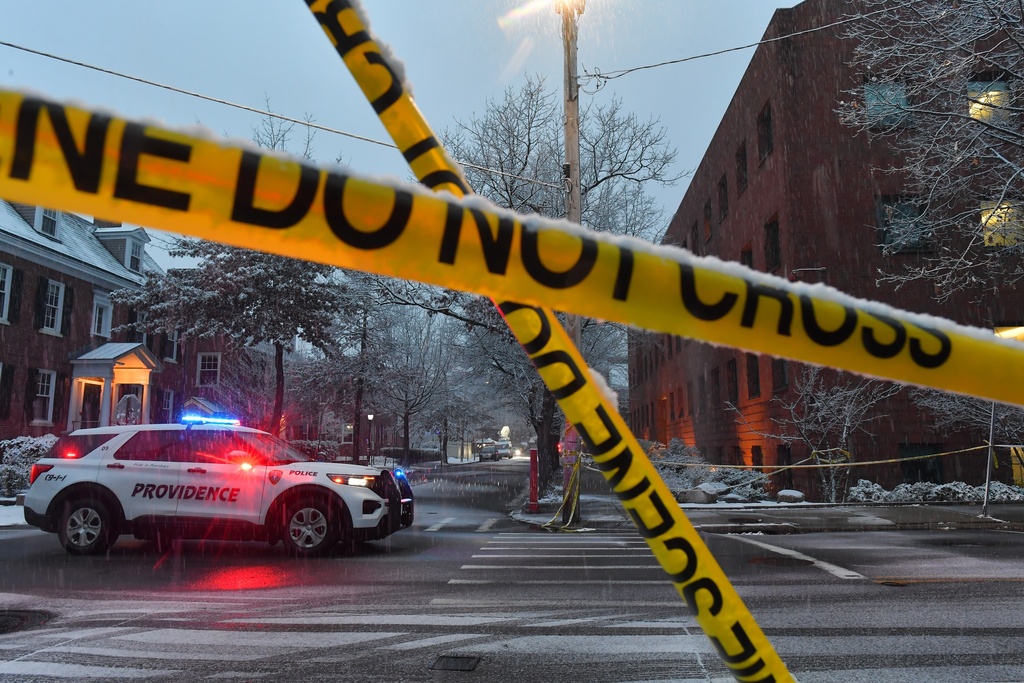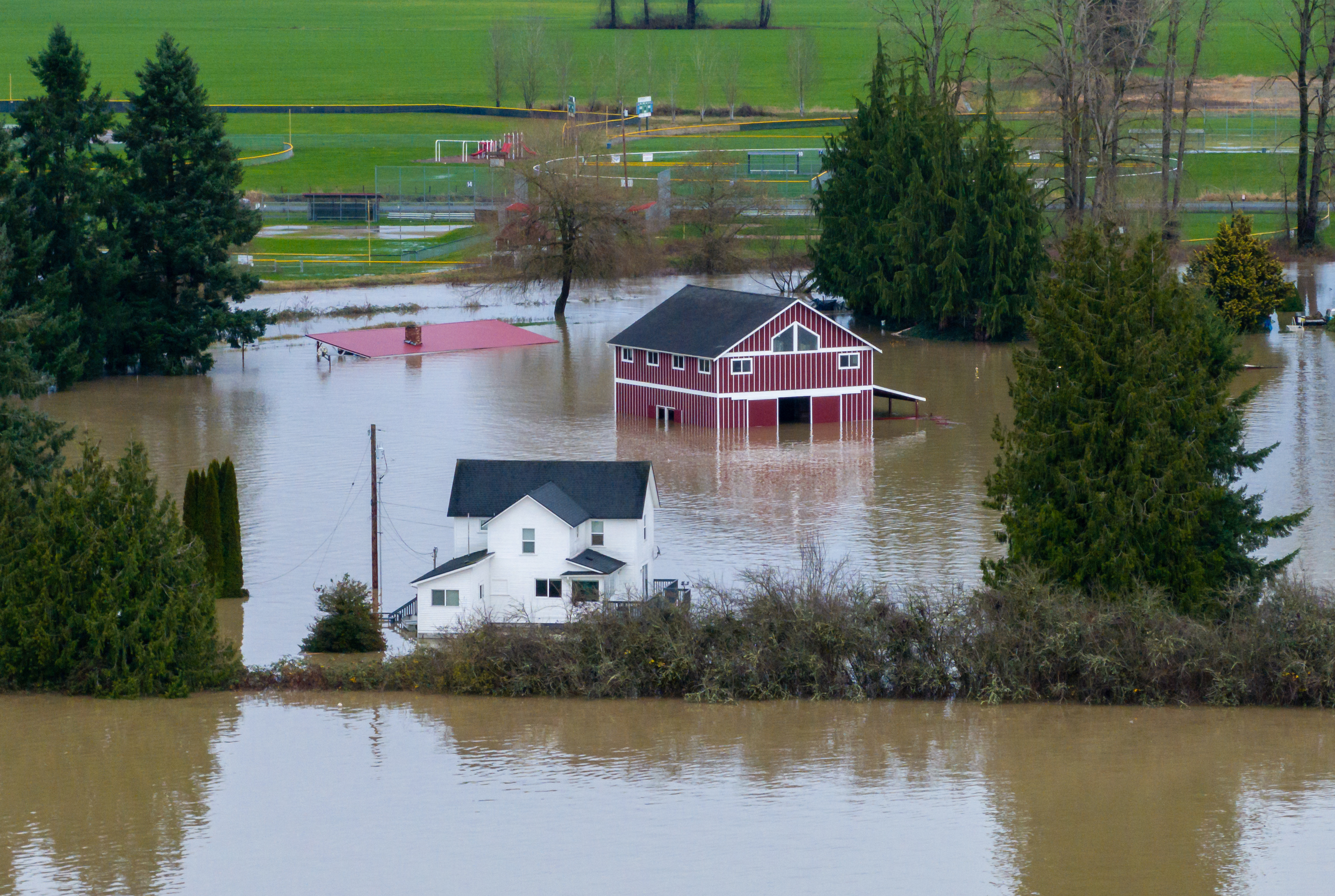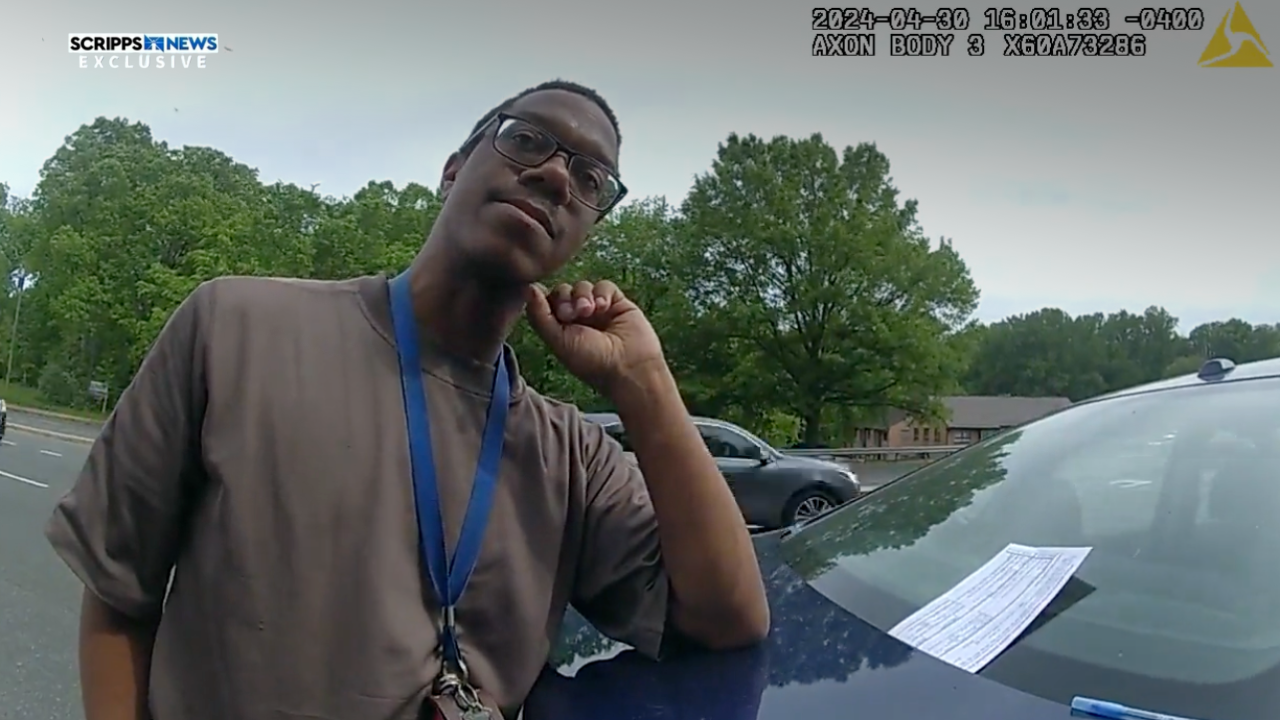A new analysis from the Institute of Taxation and Economic Policy shows that the top 1% of income earners in 41 states pay lower state and local tax rates than everyone else.
The analysis sorts taxpayers into seven income groups and found that most states had regressive tax policies, meaning poorer residents have a larger tax burden as a share of their income.
According to the analysis, the bottom 20% of taxpayers nationwide pay 60% more of their income in state and local taxes than the top 1% of households. The group says that the lowest 20% pay about 11.3% of their income in state and local taxes, compared to 7.2% for the top 1%. Those in the middle 20% pay about 10.5%.
The analysis indicates that Florida has the most regressive tax structure in the U.S. The analysis finds that the top 1% pay about 2.7% of their income toward state and local taxes. The lowest 20% of income earners pay about 13.2%.
The Institute of Taxation and Economic Policy says that Florida's large structure is largely driven by the absence of refundable credits; a high reliance on sales, excise and property taxes; and no broad-based income tax.
The average person in the top 1% in Florida earns $3.267 million. That person would pay about $88,000 a year in local and state taxes. Meanwhile, a person earning about $11,400 a year in Florida would pay about $1,500 a year.

This is when the IRS will begin accepting 2023 tax returns
This year, the IRS is implementing a free online filing service for residents of 13 states, including California, Texas and New York.
Of the seven states that are considered to have the most regressive tax structures, only Pennsylvania has a broad-based income tax.
Besides Florida, Washington, Tennessee, Pennsylvania and Nevada also have the most regressive state and local tax systems. In these states, the top 1% pay anywhere from 2.8% to 6% of their income toward state and local taxes, while the bottom 20% pay 11.9% to 15.1%.
On the flip side, Washington, D.C., is considered to have the least regressive tax system. The top 1% pays about 11.4% of their income toward state and local taxes, while the lowest 20% pay about 4.8%.
Someone earning $3.198 million in Washington, D.C., would be expected to pay $364,629 toward state and local taxes. A person making $14,400 in the district would pay about $691 toward these taxes.
In general, states with less regressive tax systems incorporate higher income tax brackets or rates on upper incomes and rely less on sales and excise taxes.
The group says that personal income taxes generally are less regressive because as incomes rise, so do taxes. The Institute of Taxation and Economic Policy says sales and excise taxes are quite regressive as poor families typically pay seven times of their income toward these taxes than the top 1%. The bottom 20% pay about 6.9% of their income toward state and excise taxes while the top 1% pay an average of 0.9%. Those in the middle 20% paid about 4.8% of their income toward sales and excise taxes.

IRS ready to test free-file program in 13 states
The IRS' new Direct File pilot will be available for free in 13 states, but some filers might not be able to use the program.
Here is a breakdown of how much each income group pays toward state and local taxes nationally:
Lowest 20% (household incomes less than $23,500): 11.3%
Second 20% (household incomes between $23,500 to $45,900): 10.4%
Middle 20% (household incomes between $45,900 to $80,400): 10.5%
Fourth 20% (household incomes between $80,400 to $138,300): 10.3%
Next 15% (household incomes between $138,300 to $297,900): 9.5%
Next 4% (household incomes between $297,900 to $737,400): 8.3%
Top 1% (household incomes over $737,400): 7.2%
To see how much those in your state are paying toward state and local taxes, click here.










